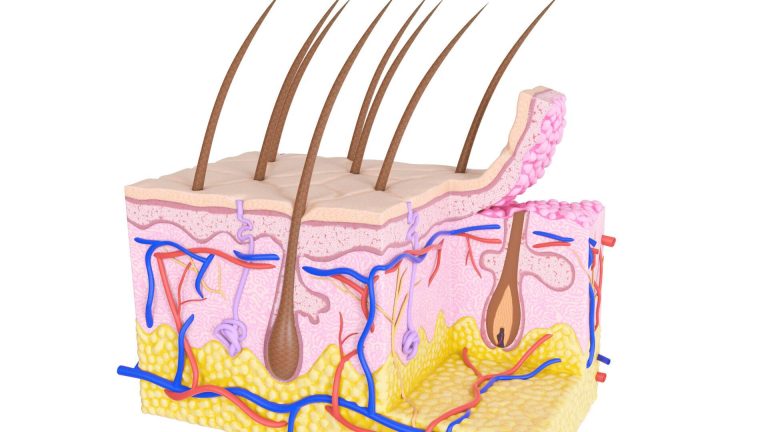
What is Hair Miniaturization?
October 20, 2021 | Hair & Hair Loss
One on One with Dr. Missy Clifton: Hair Miniaturization
[embedyt] https://www.youtube.com/watch?v=J7joZa6pap8[/embedyt]
What Is Hair Miniaturization?
Hair miniaturization is a process that is biologically driven by hormones, in which follicles shrink in size over an extended period of time and if untreated, will eventually leave the scalp bald.
To better understand hair miniaturization, you need to understand the hair follicle growth cycle. This cycle consists of three main phases: the growth phase (Anagen), the transitional phase (Catagen), and the resting phase (Telegen). In an ideal world, all of our hair follicles would remain in a growth phase, but we know that this is not always the case. In fact, there are follicles on our head that are currently in every single one of those phases. The goal is to keep as many follicles in the growth phase as possible.
In genetically susceptible hair follicles, a hormone called dihydrotestosterone (DHT) can cause the growth phase of the hair cycle to become dramatically shorter. The follicles that are susceptible to DHT are typically found in men on the top of the scalp. This is why most men can retain the hair on the side and back of their head for most of their lives. Unfortunately, the follicles on the top of your head that are susceptible to DHT are unable to grow to their full size due to the growth phase being shorter and follicles decreasing in size overtime until they eventually become nonexistent. This process is often referred to as male pattern baldness.
 How does this affect your hair?
How does this affect your hair?
Healthy scalp hair grows in follicular units made up of one or more terminal hairs. The healthy hairs in any single DHT-susceptible unit could be in different stages of miniaturization. When enough of your healthy hair begins to enter into a state of miniaturization, you could start to notice thinning and/or your scalp may become more visible.
What causes Hair Miniaturization?
There are multiple different causes for hair miniaturization. In order to know exactly what is causing hair miniaturization on your scalp, you should seek the advice of an expert physician. A few common reasons include:
- Genetics
- Lack of nutrition
- Excessive levels of dihydrotestosterone (DHT)
- Age
What do our doctors recommend to slow hair miniaturization?
Here’s the great news, there are several options available that have proven to be effective against miniaturization.
MD Hair Labs recommends that every patient schedules an appointment with our expert physicians to discuss which method of treatment will work best for the specific needs of the patient. Everyone’s genetics and hair loss journey is different, therefore we look at each individual uniquely and do not base it on genetics alone.
Common treatments include:
- Finasteride (propecia)
- Low Level Laser Light Therapy
- Keralase Therapy
Hair Transplant Procedure
In some cases where hair miniaturization has progressed rapidly, a hair transplant procedure could be the best option to help you restore your hair. There are several different hair transplant procedures available depending on the level of hair loss.

MD Hair Labs state of the art facility is equipped with multiple surgery rooms and multiple Artas robotic hair restoration systems. The hair restoration procedure and technology has advanced immensely overtime. The term “hair plugs” was commonly used in the past with the original hair replacement method; however, the technology has advanced and now the procedure involves taking individual follicular units from the back and sides of your head, in such a way that it is unnoticeable. Our expert hair technicians then place each follicular unit back into the area of the scalp to create density. Our physicians oversee the process of recreating the patient’s natural and age appropriate hairline.
Contact MD Hair Labs if you’re looking for a more permanent solution to help with your hair loss.
Call MD Hair Labs to schedule your no-cost, no-risk consultation with our expert physicians and hair technicians about hair health!



